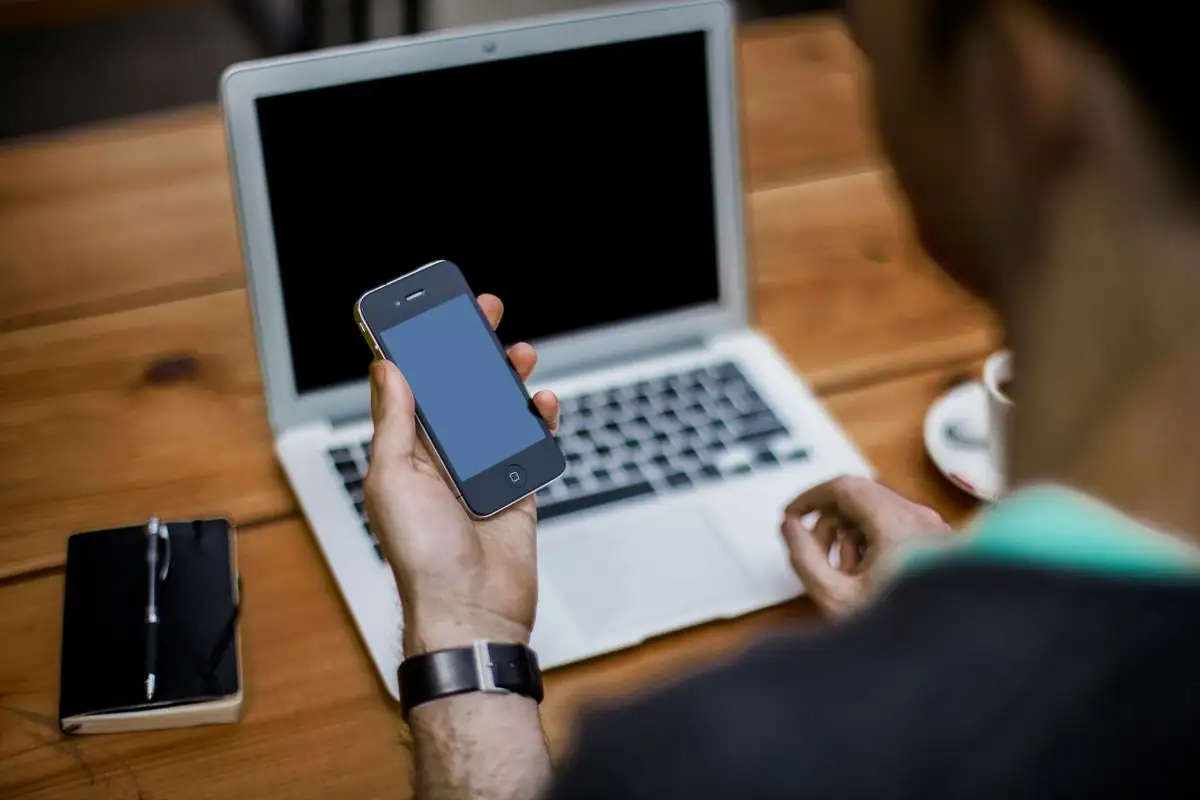Advertisement
Key Points Everyone Should Know About Social Security Statement
Updated: Sep 6, 2024
Advertisement
If you’ve been working as an employee throughout your life, you’ve likely been contributing to your Social Security account with every paycheck—and so have your employers. Social Security plays a crucial role in providing a baseline income for seniors after retirement and is closely tied to Medicare, which offers essential health insurance for older adults. Reviewing your Social Security statement online can give you valuable insights into your future retirement benefits and help you catch any errors early on, giving you ample time to correct them.
Your Retirement Age May Not Be 65
Most people think of 65 as the standard retirement age, but when it comes to Social Security, that’s not necessarily the case. Since the 1980s, the official Social Security retirement age—also known as Full Retirement Age—has gradually increased as a way to help sustain the Social Security trust funds. Today, most people have a Full Retirement Age of at least 66, with the age slowly creeping upward depending on your birth year. You can easily find your specific Full Retirement Age on your Social Security statement, which is crucial for planning your retirement strategy.
Advertisement
Find Out What Your Family Receives If You Die
Social Security isn’t just about your retirement benefits. It also provides financial support to your family if you pass away. Your spouse and dependents may be eligible for survivor benefits, which can provide them with a steady income based on your earnings record. You can check your Social Security statement to see how much they might receive. Additionally, your spouse may qualify for retirement benefits even if you pass away before reaching retirement age. Knowing this information can offer peace of mind and help you plan for your family’s financial future.
Advertisement
You Don’t Get Your Statement Mailed Unless You’re 60 or Older
Back in the day, the Social Security Administration (SSA) used to mail out annual statements to everyone who was paying into the system. However, since 2017, they’ve switched to a more eco-friendly, paperless approach. Now, only people aged 60 and older receive printed statements by mail. This change likely reflects the SSA’s recognition that younger folks may not be paying as much attention to their Social Security details. If you’re under 60, you’ll need to access your statement online.
Advertisement
Check What You’d Receive If You Become Disabled Before Retirement
Social Security isn’t just for retirees—it also provides disability benefits if you’re unable to work due to a disability. If you become disabled before you retire, you may be eligible for Supplemental Security Income (SSI) payments. Your Social Security statement shows the amount you could receive if you become disabled during the current year. This information is essential for planning your financial future in case of unforeseen circumstances.
Advertisement
Ensure Your Employer Got Your Contributions Right
Every year, you’re required to contribute 6.2% of your earnings to Social Security, up to a maximum of $128,700. This amount is deducted from your paycheck as a payroll tax, and your employer matches this contribution. If you’re self-employed, you’re responsible for paying both portions, totaling a 12.4% contribution. It’s important to check your Social Security statement to make sure all your contributions are accurately recorded. This ensures you’re getting full credit for your work history and contributions, which directly affects your future benefits.
Advertisement
Your Statement Includes Medicare Contributions
Alongside your Social Security contributions, you’re also contributing to your Medicare account. As of 2018, both you and your employer each contribute 1.45% of your earnings to Medicare, with self-employed individuals paying 2.9%. For high earners making over $200,000 (or $250,000 for couples), there’s an additional 0.9% Medicare tax. Reviewing your Social Security statement helps ensure that all your Medicare contributions are correctly accounted for, which is vital for your future healthcare coverage.
Advertisement
You Need to Set Up an Account to View Your Statement
To access your Social Security statement online, you need to create a My Social Security account. To do this, you must be at least 18 years old and verify your identity through a series of questions. The Social Security website uses two-factor authentication for added security, sending a verification code to your phone. Make sure you use a strong password to protect your sensitive information from potential hacking or identity theft. Your Social Security details are some of the most critical to keep safe.
Advertisement
Access Your Statement on Your Mobile Device
Once you’ve set up your account on a computer, you have the convenience of accessing your Social Security statement from your mobile device. The Social Security Administration offers an app that allows you to check your statement and manage your account on the go, much like a bank app. Rest assured, the app has advanced cybersecurity features to protect your information, making it a safe and convenient option for keeping track of your Social Security details.
Advertisement
Request a Mailed Copy of Your Statement
While the SSA encourages online access to your Social Security statement, you can still request a hard copy if you prefer. Simply fill out Social Security Form SSA-7004 and mail it in. Your statement should arrive within four to six weeks. This option ensures you have a physical copy for your records, which can be helpful for those who prefer not to rely solely on digital formats.
Advertisement
See Your Eventual Retirement Benefits
Your Social Security statement provides a snapshot of your estimated retirement benefits at various ages: 62 (the earliest age for Social Security eligibility), your Full Retirement Age, and age 70, which is the latest age you can delay filing for benefits. Waiting until age 70 to start collecting can significantly increase your monthly benefits. This information can be incredibly helpful for planning a retirement strategy that maximizes your Social Security income, ensuring a more comfortable retirement.
Advertisement
Scroll downfor the Next Article
.png)




